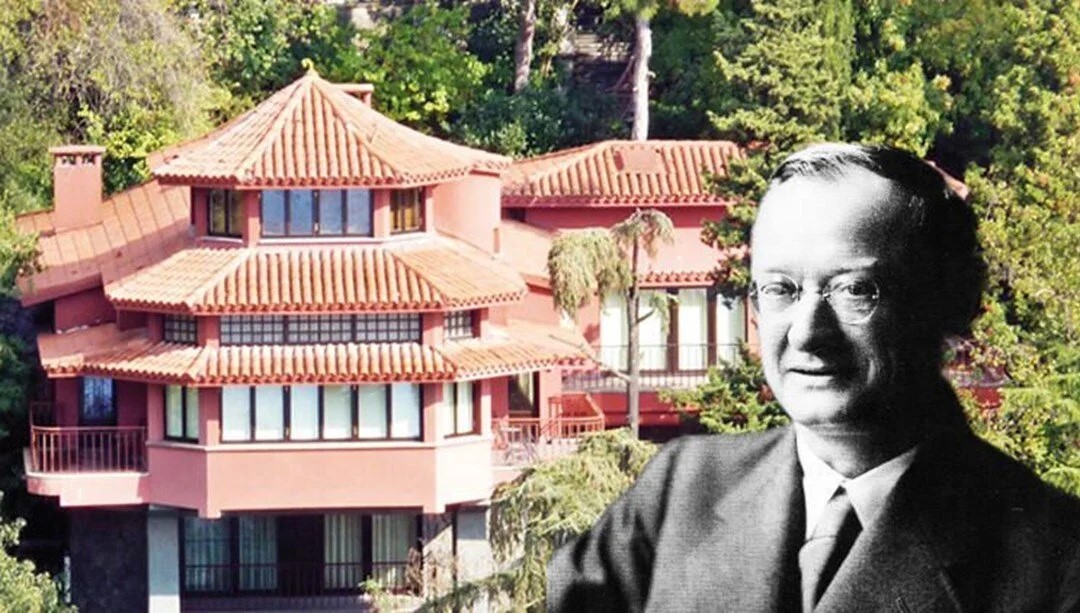He put his architecture at the service of the working class: Who is Bruno Taut?
Taking on a socialist attitude at a time when the working class was oppressed, Taut designed houses for the working class during the public housing craze of the period and built important buildings in pre-Nazi Germany.

Jewish architect Bruno Taut also had to leave his country and a stateless period began. Taut, who lived in Japan between 33-36, was very impressed by Japanese architecture and wrote many books during this period.
He was born on May 4, 1880, in Königsberg (former East Prussia/Germany). After completing his architectural education at the Königsberg School of Construction, he moved to Berlin in 1903, where he first worked under Bruno Möhring.
Between 1904 and 1908 he worked for Professor Theodor Fischer in Stuttgart. His return to Berlin was followed by education in art history and urbanism at the Charlottenburg Technical University.
Bruno Julius Florian Taut (4 May 1880 – 24 December 1938) was a renowned German architect, urban planner and author of Prussian Lithuanian heritage ("taut" means "nation" in Lithuanian). He was active during the Weimar period and is known for his theoretical works as well as his building designs.
Just a year later, Bruno Taut opened an architectural office together with Franz Hoffmann (with his brother Max Taut from 1913).
In 1913, he planned the "Falkenberg Garden City" and designed the "Glass House" as the pavilion of the German glass industry at the Deutscher Werkbund's exhibition in Cologne.
Bruno Taut, who carried out his first major project in Gartenstadt Falkenberg in 1913, designed 1500 colorful houses with gardens, intertwined with nature, serving approximately 7500 people. In this design, he was inspired by the British "garden city" model, which combines urban and rural areas, and he collaborated with Ludwig Lesser, one of the important landscape architects of the period.
He emerged after the First World War as a pioneer of the "Working Board for Art" and a member of the "Novembergruppe", which aimed to create expressionist-revolutionary art.
He worked in Magdeburg as chairman of the zoning board between 1921 and 1924. In the second half of the 1920s, Bruno Taut, as the chief architect of the housing construction company GEHAG, concentrated on the construction of many housing estates in the Berlin area. His creations include the forest site “Hufeisensiedlung” in Britz and “Onkel Toms Hütte” in Zehlendorf. In July 2008, “Gartenstadt Falkenberg” and “Hufeisensiedlung” were declared UNESCO World Cultural Heritage.
In 1930, Bruno Taut was appointed honorary professor of housing construction and settlement at the Technical University Berlin-Charlottenburg. When the National Socialists came to power, he had to flee to Japan via Switzerland in 1933.
After immigrating to Turkey, he became the head of the Department of Architecture at the Istanbul Academy of Fine Arts and also the director of the Department of Architecture at the Ministry of Education in Ankara. He died in Istanbul on December 24, 1938, after designing Mustafa Kemal Atatürk's catafalque.
